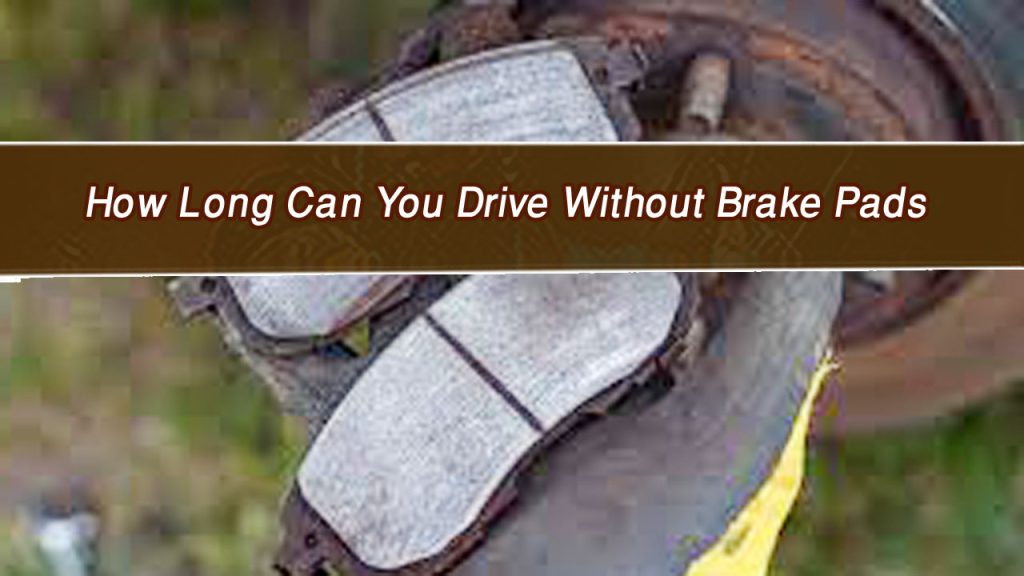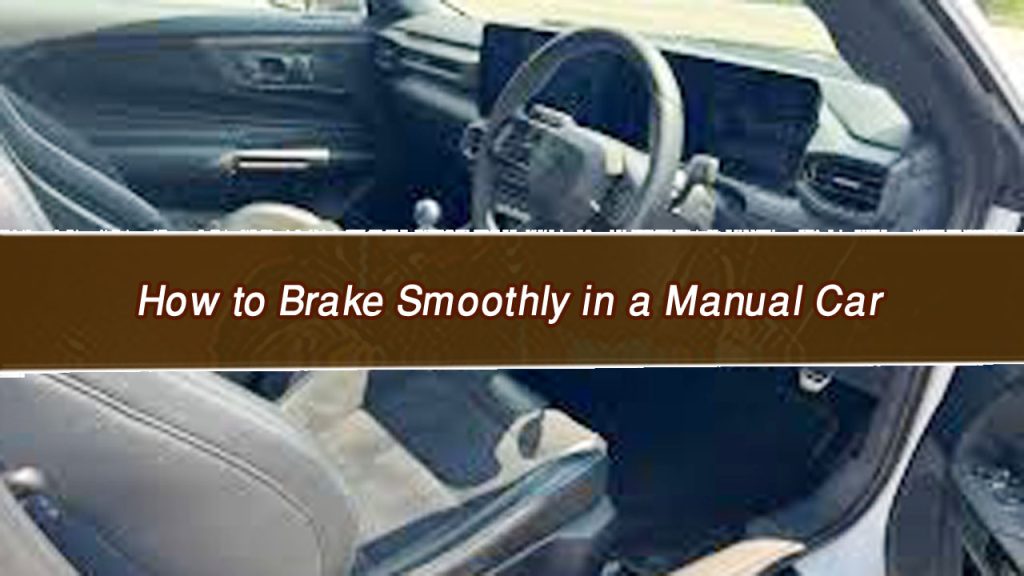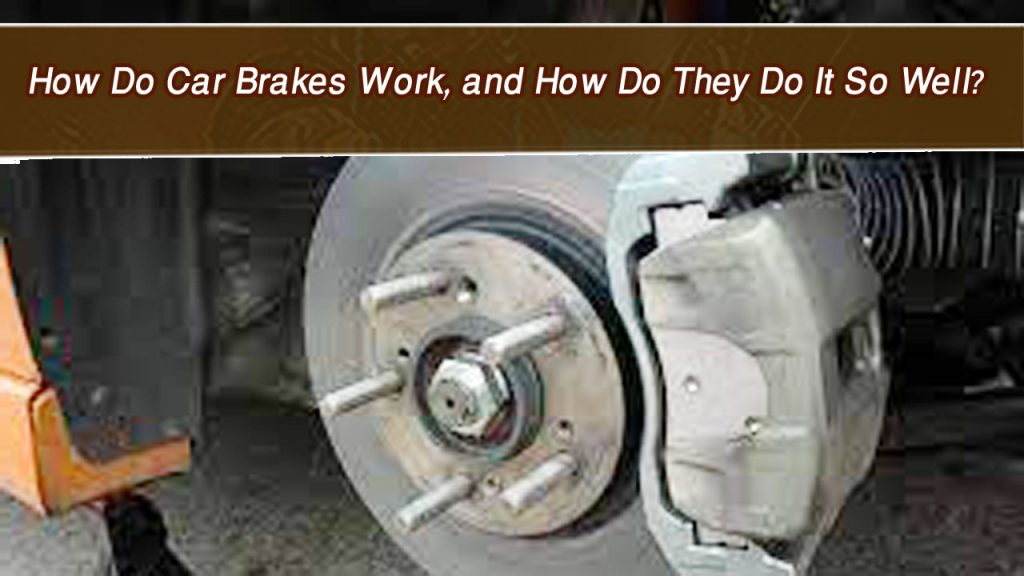Let’s face it—brakes are one of the most critical safety features of any vehicle. But what happens when your brake pads wear down or completely fail? How long can you drive without brake pads before it becomes a disaster? As someone who has explored this topic in-depth, I can tell you this is not something to gamble with.
Driving without brake pads isn’t just unsafe—it’s dangerous for you, your car, and everyone else on the road. Let’s break this down to give you all the answers you need and some insights into why brake pads are so essential.

Image by nortexlubeandtune
What Are Brake Pads, and Why Are They Important?
Brake pads are part of your car’s braking system, which ensures you can stop safely when needed. They’re small but mighty components that sit between the brake calipers and rotors, creating the friction needed to slow down or stop your vehicle.
Functions of Brake Pads:
- Friction Creation: Brake pads apply pressure to the rotors to create friction and slow the car.
- Heat Absorption: They dissipate heat generated during braking to prevent the system from overheating.
- Vehicle Control: They allow precise control over stopping distances, crucial for safe driving.
Without brake pads, the entire system doesn’t work as it should, and the metal-on-metal contact can lead to catastrophic outcomes.
What Happens When Brake Pads Wear Out?
Driving without brake pads—or with severely worn ones—is like trying to walk on ice with no shoes. Here’s what can happen:
Decreased Braking Ability
Without brake pads, stopping distances increase dramatically. This means you’ll need much more time and space to bring your car to a halt.
Metal-On-Metal Damage
The brake calipers and rotors will grind against each other, causing significant damage to both parts. This damage can be costly to repair.
Overheating
Brake components can overheat when brake pads are missing, leading to complete brake failure in extreme cases.
Increased Noise
You’ll hear loud grinding or squealing noises every time you press the brake pedal, which is your car’s way of screaming for help.
Safety Risks
The lack of efficient braking can lead to accidents, endangering you, your passengers, and other drivers.
Can You Drive Without Brake Pads?
Technically, yes, you can drive without brake pads, but it’s not something you should ever do. Here’s why:
Immediate Risks:
- Loss of Control: Braking becomes unpredictable and inefficient.
- Damage to Components: The rotors and calipers suffer damage, which leads to costly repairs.
- Accidents: The inability to stop quickly increases the likelihood of collisions.
Long-Term Consequences:
- Expensive Repairs: Replacing rotors and calipers is much more expensive than replacing brake pads.
- Legal Issues: Driving a car in unsafe condition can lead to fines or legal repercussions.
How Long Can You Drive Without Brake Pads?
The truth is, there’s no definite answer because it depends on several factors, such as:
Driving Conditions
If you’re driving in stop-and-go traffic, your brakes will wear down much faster than if you’re cruising on the highway.
Vehicle Type
Heavier vehicles put more stress on the braking system, leading to quicker wear and tear.
Existing Brake Pad Condition
If your brake pads are entirely gone, the damage starts almost immediately.
A General Estimate:
If your brake pads are completely worn out, you might be able to drive for a few miles, but the risks increase exponentially with every mile. It’s best to avoid driving altogether and get the issue addressed immediately.
Cost of Driving Without Brake Pads
Driving without brake pads isn’t just dangerous—it’s also expensive. Here’s a breakdown of potential costs:
| Component | Average Replacement Cost |
|---|---|
| Brake Pads | $100 – $300 per axle |
| Rotors | $200 – $400 per axle |
| Calipers | $300 – $800 per axle |
| Labor | $100 – $200 per hour |
As you can see, neglecting brake pad maintenance can quickly add up to thousands of dollars in repairs.
Signs Your Brake Pads Need Replacing
Most cars give you plenty of warning before the brake pads are entirely gone. Here are some common signs to look out for:
- Squealing or Screeching Noises: When brake pads wear down, you’ll often hear a high-pitched squeal.
- Grinding Sounds: This usually means the pads are completely worn out, and the metal components are grinding together.
- Brake Warning Light: Many modern cars have a dashboard light to alert you to brake issues.
- Reduced Braking Performance: If you notice it takes longer to stop or your brakes feel less responsive, it’s time to check the pads.
- Vibration While Braking: Warped rotors from prolonged metal-on-metal contact can cause vibrations.
How to Extend the Life of Your Brake Pads
Brake pads don’t last forever, but proper care can help you get the most out of them. Here’s how:
Drive Smoothly
Avoid aggressive braking and maintain a steady speed whenever possible.
Use Engine Braking
In manual cars, downshifting can reduce reliance on the brakes.
Regular Inspections
Have your brakes checked during routine maintenance to catch issues early.
Replace Pads Early
Don’t wait until the pads are completely gone. Replacing them early saves you money and keeps you safe.
What to Do If You Suspect Brake Pad Failure
If you think your brake pads are worn out or missing, here’s what you should do:
- Stop Driving Immediately: Continuing to drive only worsens the damage and increases risks.
- Call for Help: If you’re on the road, call a tow truck to take your car to a mechanic.
- Get a Professional Inspection: A qualified mechanic can assess the damage and recommend repairs or replacements.
Conclusion
Driving without brake pads is a dangerous gamble that isn’t worth the risk. Brake pads are essential for your safety, your car’s health, and the well-being of everyone on the road. Ignoring the signs of worn-out brake pads or attempting to drive without them can lead to accidents, expensive repairs, and even legal consequences.
The best way to avoid these risks is through regular maintenance and timely replacement of brake pads. Trust me—spending a little now on new brake pads is far better than dealing with the fallout of driving without them.
If you suspect your brake pads are failing, don’t hesitate to take action. Your safety and peace of mind are worth it.
FAQs
How do I know when my brake pads need replacing?
Listen for squealing or grinding noises, check for reduced braking performance, and watch for warning lights on your dashboard.
Can I drive with a brake warning light on?
It’s not advisable. The light indicates a problem that needs immediate attention.
How often should I replace brake pads?
Most brake pads last between 25,000 and 70,000 miles, depending on driving habits and conditions.
Is it expensive to replace brake pads?
The cost ranges from $100 to $300 per axle, depending on the type of pads and your vehicle.
What happens if I ignore worn-out brake pads?
Ignoring worn pads can damage other components, increase stopping distances, and lead to dangerous driving conditions.


